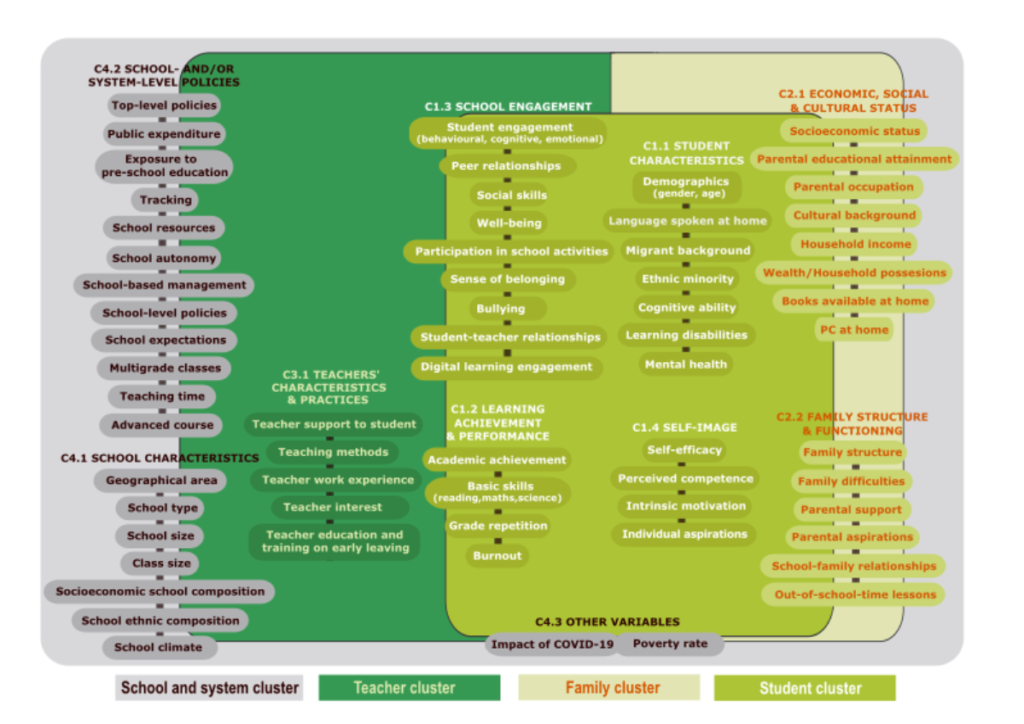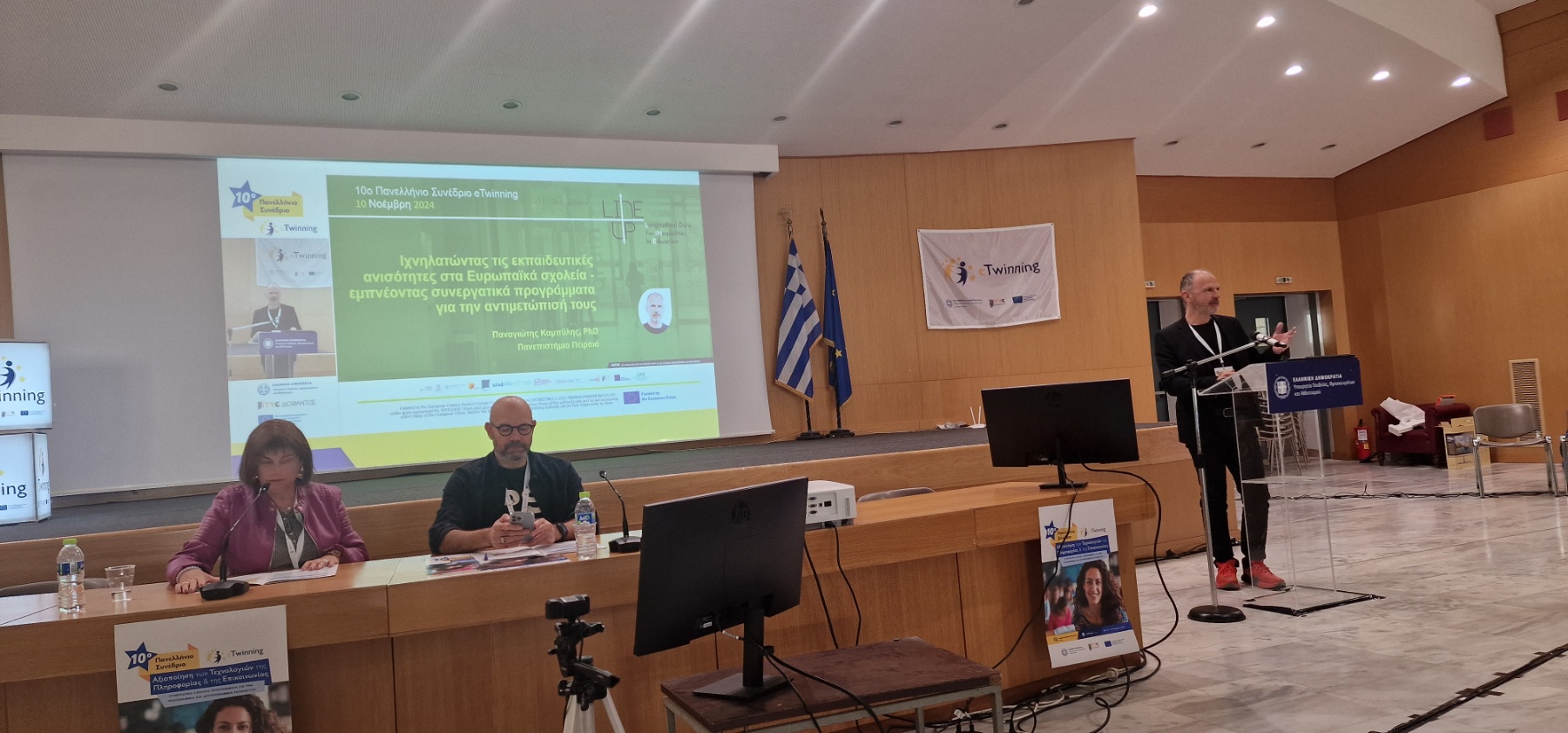What is the state-of-the-art about the factors or predictors of inequalities in European schools? What is the research evidence about the persistence and evolution of educational inequalities? What longitudinal data is avavaible and where? These were the main questions that LINEup’s systematic review of academic and grey literature aimed to answer.
The review focused on studies with longitudinal and repeated cross-sectional research designs as they offer valuable insights into the heterogeneity in change, determining the causal relationship between specific factors and their evolution over time.
The systematic review is the first research activity of the LINEup project, conducted between February and August 2024. It covered academic and grey literature and followed PRISMA 2020 reporting guidelines and workflow steps to increase the dependability and reliability of the analysed data.
The systematic review results indicate that despite many policy initiatives to promote equity, conceived as fairness and inclusion, educational inequalities remain a considerable challenge across Europe. Overall, the systematic review led to the identification of (i) 77 datasets (69 longitudinal and eight repeated cross-sectional) of various sizes, focuses and geographical scope, (ii) 54 statistical and causal analysis methods (complemented in some cases by qualitative methods), and (iii) 70 variables contributing to educational inequalities, which were systematically categorised into a conceptual model comprising four clusters (student, family, teacher and school/education system) and ten sub-clusters.

The model depicts the complex nature of educational inequalities, characterised by many interrelated and interconnected variables. The review also confirmed a strong relationship between academic achievement, which is often at the centre of educational policies and practices, and students’ school engagement and well-being, which emerge as a critical intervention area closely linked to students’ performance.
The systematic review provides a solid base for the subsequent activities of the LINEup project but it is also useful for policymakers, researchers and practitioners interested in educational inequalities. Policy interventions to tackle educational inequalities can benefit from evidence based on longitudinal and repeated cross-sectional data as it allows understand how early experiences, attitudes and results impact later outcomes. The research community could identify gaps and try to collect and analyse more longitudinal data to better study the dynamic nature of educational inequalities across Europe. Finally, schools and teachers could recognise in the research evidence their essential role in tackling inequalities through early interventions targeting students at risk of falling behind.
Want to dive deeper? Check out the Report’s Executive Summary and subscribe to the Lessons Learned newsletter for the latest updates on the review and the other outputs of the LINEup project.






